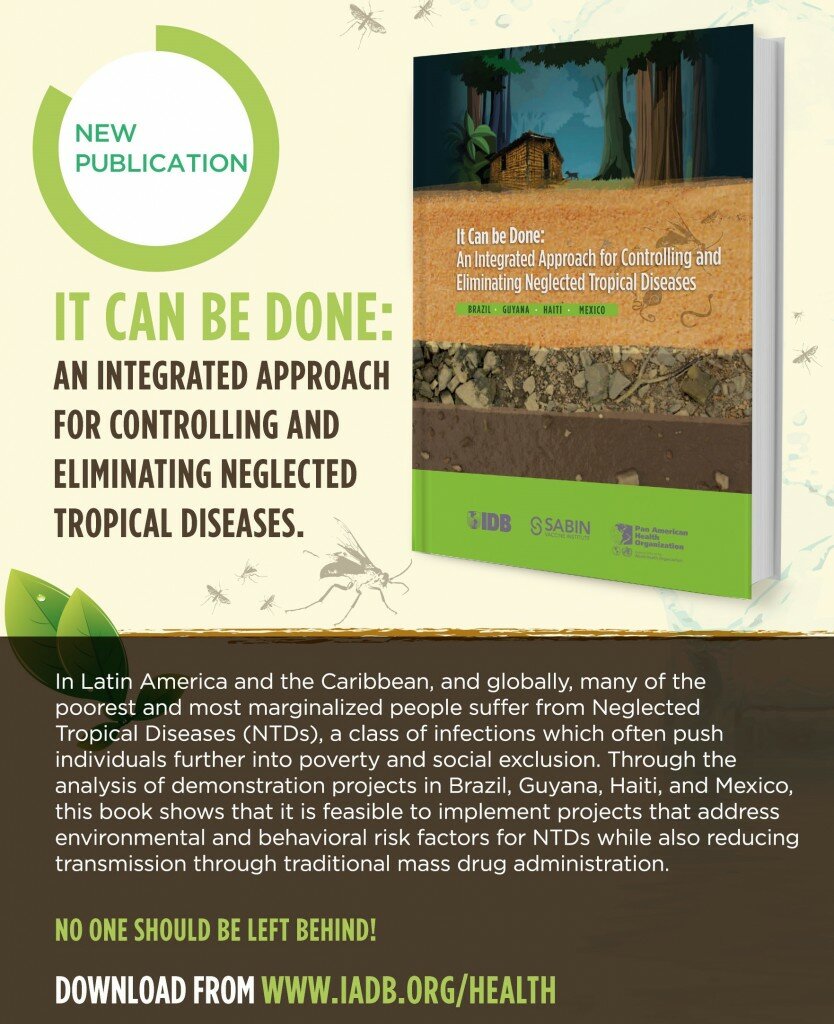By Helen Hamilton, Policy Advisor on NTDs at Sightsavers
This week the Neglected Tropical Diseases (NTD) community will come together at the NNN – a welcome acronym for the Non-government Development Organisations Neglected Tropical Disease network. Together, we’ll be reflecting on achievements such as the global trachoma mapping project and the challenges ahead if we are to achieve our elimination goals.
At the same time, across the Atlantic, world leaders in New York will turn their attention to questions of poverty eradication and sustainable development in the post-2015 development agenda.
Today many millions benefit from the huge advances and scale up in the NTD response but many others won’t unless more is done to reach the most vulnerable across the globe – those already marginalised and underserved by national and global development. For the NTD community, the post-2015 dialogues are a huge opportunity both to ensure the specific inclusion of NTDs within the framework and provide an enabling environment, such as improved hygiene alongside water and sanitation, which supports the elimination and control of these diseases.
We know that nothing has more impact on health than poverty and marginalisation and this holds true for NTDs. That’s why we’re calling for a post-2015 development framework that includes NTDs and also addresses their major risk factors, such as inadequate access to health and water, sanitation and hygiene services.
Why is this important to the NTD response? Because one billion people globally who are affected by NTDs precisely because they are marginalised, vulnerable and living in poverty. Their health needs and rights are not met and upheld.
A new focus
The focus of post-2015 has been addressing broad systematic inequalities that keep people in poverty and allow diseases to flourish. The focus on delivering lasting change and the recognition that equity and wellbeing must be central in this new agenda aligns squarely with the NTD response.
One of the major ideas to gain traction in post-2015 discussions is ‘leave no one behind’. This shift would mean that no post-2015 goal could be reached unless it meets the need of everyone – in particular poor and marginalised groups such as people with disabilities, children and older people.
To do this, we need a framework that puts people at the centre that addresses the structural barriers to accessing health services, such as making health services accessible and inclusive to people with disabilities.
A new health narrative
Under the MDGs, there were three health-focused goals but this is unlikely to be the case for the post-2015 framework. The health sector has united behind the call for one goal that supports healthy lives for all. Building strong and resilient health systems are critical to achieving and sustaining NTD goals. Health systems are the only way to ensure that everyone everywhere can access the healthcare they need, including targeted NTD services, when they need it and in a way that is affordable.
A dedicated NTD target
Within any health goal we need a specific NTD target that delivers on preventive, curative and rehabilitative care for people at risk or affected by NTDs. To do this effectively and support the NTD response, it will need to draw on existing targets and objectives that the NTD community is working towards, such as the WHO NTD roadmap and the London Declaration on NTDs.
Neglected no more
The post-2015 discussions are primarily a question of people’s opportunity to influence their future. Good health plays a critical role in empowering people to achieve other development goals. Neglected populations who have been subject to centuries of ill health caused by neglected tropical diseases must be prioritised within any new framework if we are truly committed to leave no one behind.
Improving health is not just a case of tackling disease but influencing the wider determinants of health such as poverty, employment, housing and education that allow NTDs to exist and flourish. We need a framework that takes a dual approach to NTDs – addressing them directly through specific targets and indicators while also recognising that universal health coverage within stronger health systems and eliminating extreme poverty are critical to ending NTDs.
 Each month, END7 honors one student who has made a significant contribution to our growing movement of student advocates dedicated to seeing the end of NTDs. We are very proud to introduce our September Student of the Month, Lydia Silber, a senior at Lake Forest High School in Lake Forest, Illinois. Lydia, who learned about END7 after her sister attended a presentation at Boston University, shares:
Each month, END7 honors one student who has made a significant contribution to our growing movement of student advocates dedicated to seeing the end of NTDs. We are very proud to introduce our September Student of the Month, Lydia Silber, a senior at Lake Forest High School in Lake Forest, Illinois. Lydia, who learned about END7 after her sister attended a presentation at Boston University, shares:


